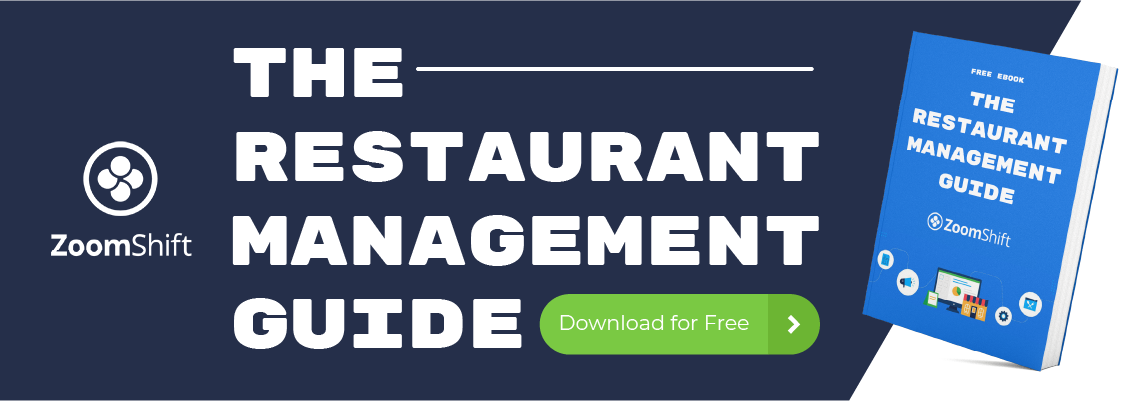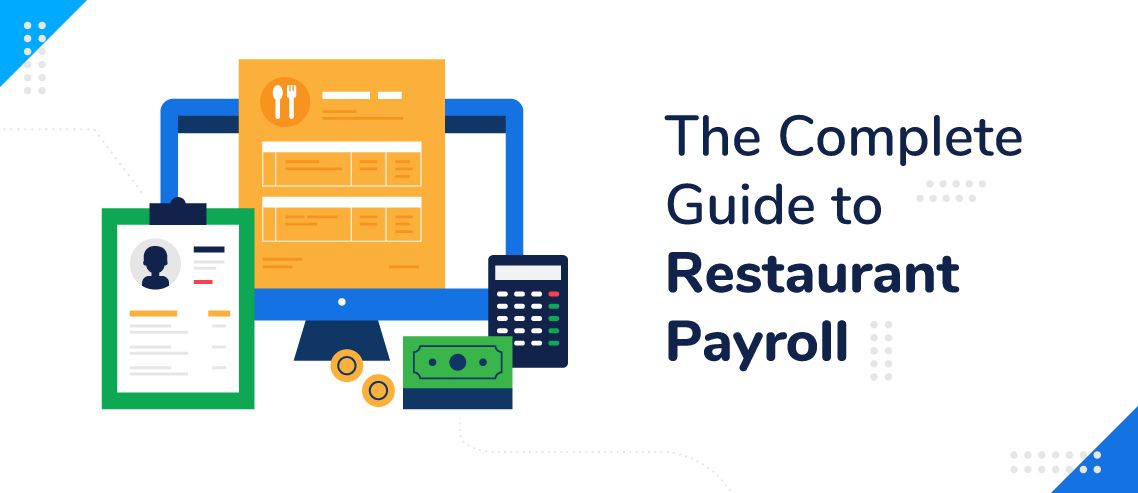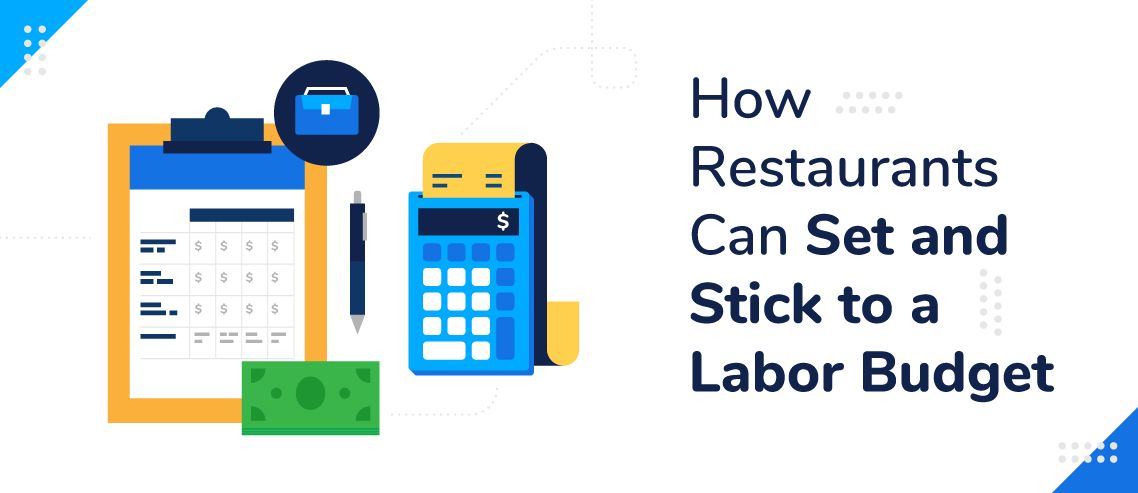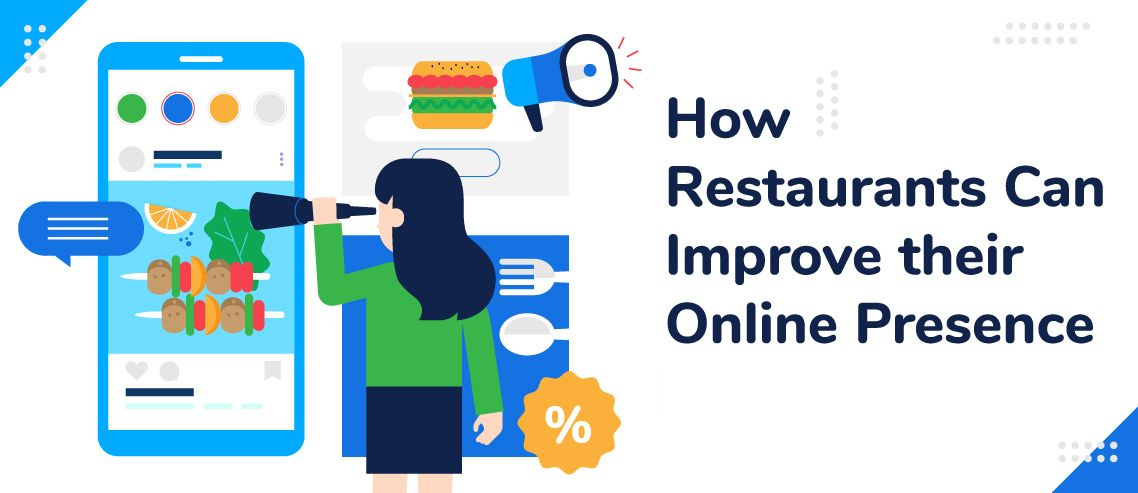7 Effective Restaurant Menu Design Ideas
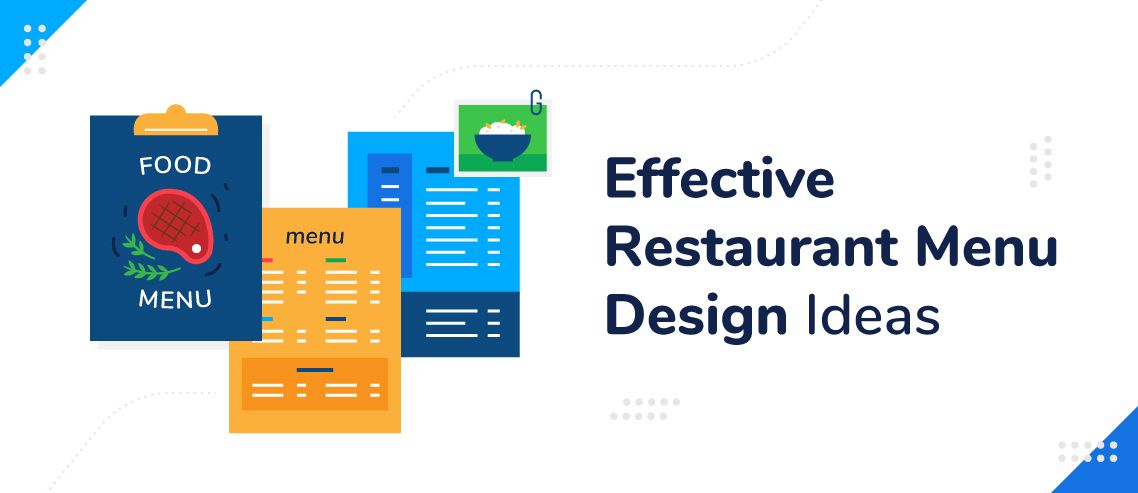
When you sit down at a restaurant, there are a few things you’re likely to notice: the carefully picked out decor, the smells of food wafting through the air, and of course, the menu set down on your table, offering up a wide array of meal options.
As a restaurant owner, your menu is more than just a selection of food items, it’s a statement about who you are as a business. To convey that skillfully, you’ll need to ensure that your menu’s design broadcasts your personality while still remaining easy to navigate and choose from.
Staring at a blank piece of paper and trying to make a design can be intimidating, so we’ve compiled 7 effective restaurant menu design ideas to get your creative juices flowing and get your design started.
1. Divide the Menu Into Sections
The most important part of a good menu design is readability. If even repeat customers need to ask the waiters for help finding their favorite items on the menu, then you know that your menu design needs work.
To make things easy to read and navigate, try breaking your menu up into logical sections. For example, begin your menu with a starters section, and then divide your entree section into whatever your main categories are, such as sandwiches, pastas, and salads. Then, end your menu with the dessert section, or put that on a separate menu entirely.
Remember to pay attention to common conventions. Although beverages are usually the first thing you order, most people will expect to see them listed at the end or bottom of the menu. If you serve alcoholic drinks, you may want to include them in a separate drink menu.
2. Use Boxes and Borders to Split the Menu Up
To help organize your menu even further, you can use boxes and borders to divide the menu up into more distinct sections.
Employing these visual devices can help prevent your customers from getting lost as they browse through the menu – they’ll never question whether an ambiguously named item is in the soup section or the entree section if it has a clearly defined border around it.
These borders can also give you an opportunity to show off a bit of your personality. The border design you choose can tell your customers a lot about what to expect when they come dine at your establishment.
3. Don’t Overdo It With Photos
Including a few photos of your food can sometimes help your customers get a better idea of what they may want to order. But if you go too far and try to include pictures of every item on your menu, it can end up looking like a cheap scrapbook of cooking projects, not a professional menu.
In fact, most high-end restaurants don’t include any photos of menu items at all as they can come off as tacky. You should therefore give a lot of thought as to whether you really need to include photos, and what type of vibe you want to give off to your customers.
If you’re running a family-friendly restaurant, pictures can work great. But if you’re going for haute cuisine, you’re better off sticking with a minimalist design sans photos.
4. De-Emphasize Currency Signs and Prices
As a restauranteur, you have two goals: provide great food and experiences, and make money while doing so.
To achieve goal number two, you want to ensure that your guests don’t pay too much attention to prices on your menu – you want them to make their selection with their taste buds, not with their wallets. The last thing you want is for someone to be tempted by an expensive dish that you have a huge markup on, only to see the price and then go with the side salad instead.
To this end, many restaurants forego the use of currency signs in an effort to soften the impact of the prices listed alongside each menu item. Although it may seem arbitrary, seeing “35.00” is less likely to make someone clutch their coin purse than seeing “$35.00.”
Essentially, you don’t want money to be on the mind when people peruse through your offerings. While you need to include prices for most items – barring any items that are based on the current market price – you should do your best to de-emphasize them.
5. Use Illustrations to Add Some Flavor to Design
Your restaurant is all about flavor, so make sure you add some to your menu as well. Although some restaurants are better served by a decidedly minimalist design that’s completely free of illustrations, many restaurants will do well adding some tasteful illustrations and designs.
Like all of these tips, you’ll have to use your discretion to determine whether this is the right direction for your menu. Consider your branding and customer base before adding illustrations into the mix.
6. Make Descriptions Small
It’s important to add descriptions to your menu, but they should be brief and communicative, not lengthy blurbs that go on about the depth of flavors in your carrot soup.
Ideally, your item names should communicate everything your customer needs to know about their food when making a decision. Your descriptions should be a short addendum to help your customer gain a bit more insight, such as any slides that may be included with the meal or any unique ingredients that are used.
So that your menu is not displayed in the pdf file, you can use the Boxmode template and build a restaurant website with a menu, with the design. It will be more convenient for customers to use the site and choose the necessary functions.
7. Don’t Give Patrons Too Many Choices
Although having a lot of menu items to choose from may seem like a good thing, overloading your customers with options can actually have a negative effect: it can give people analysis paralysis.
Many businesses find that when they limit their offerings to a few high-quality items, customers have an easier time making a decision. As a result, their experience with the business is better overall.
The Bottom Line
Designing an effective menu requires a balance of functionality and form. Your menu should be visually appealing while remaining easily navigable.
With these tips in hand, you should have some foundational concepts that you can use to start designing your menu with confidence.
JD enjoys teaching people how to use ZoomShift to save time spent on scheduling. He’s curious, likes learning new things everyday and playing the guitar (although it’s a work in progress).
